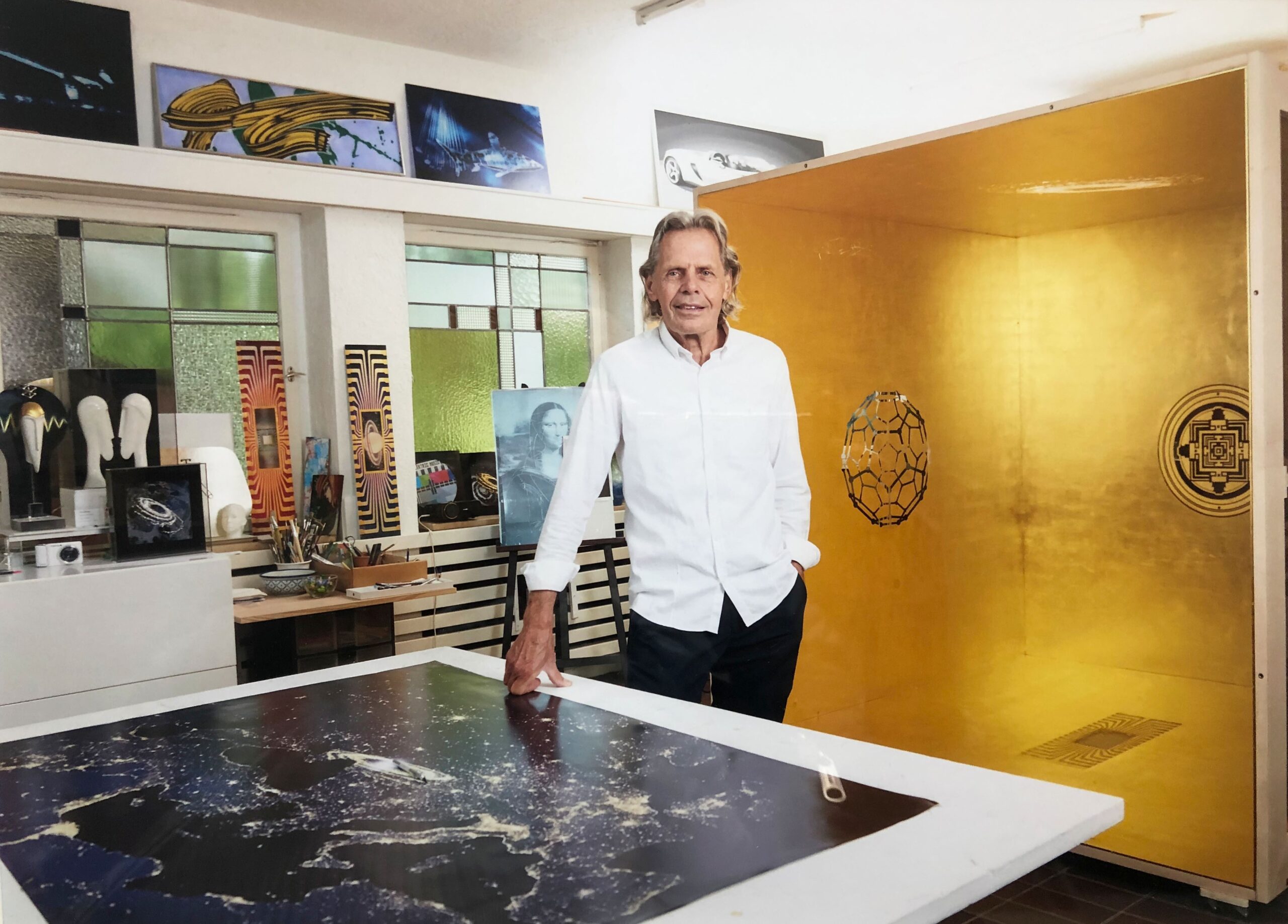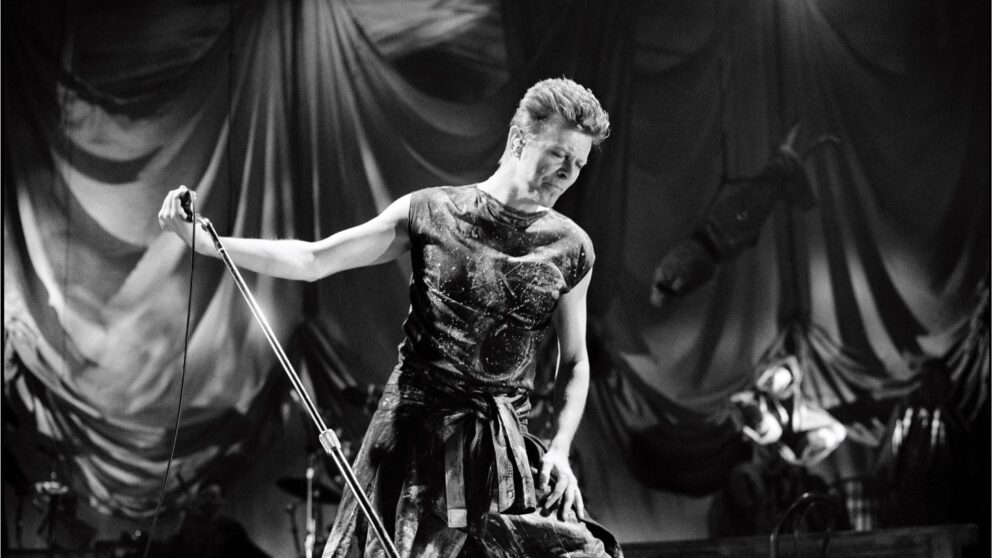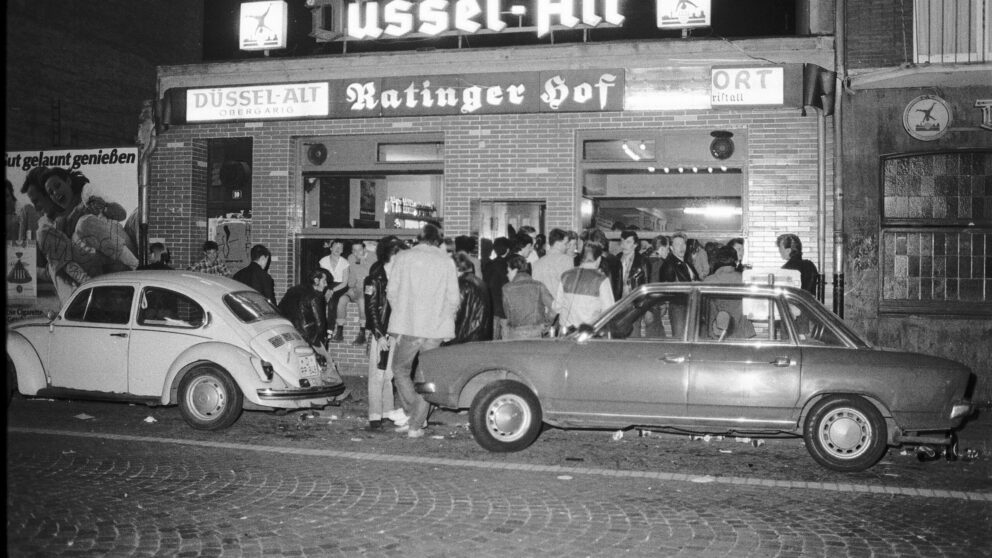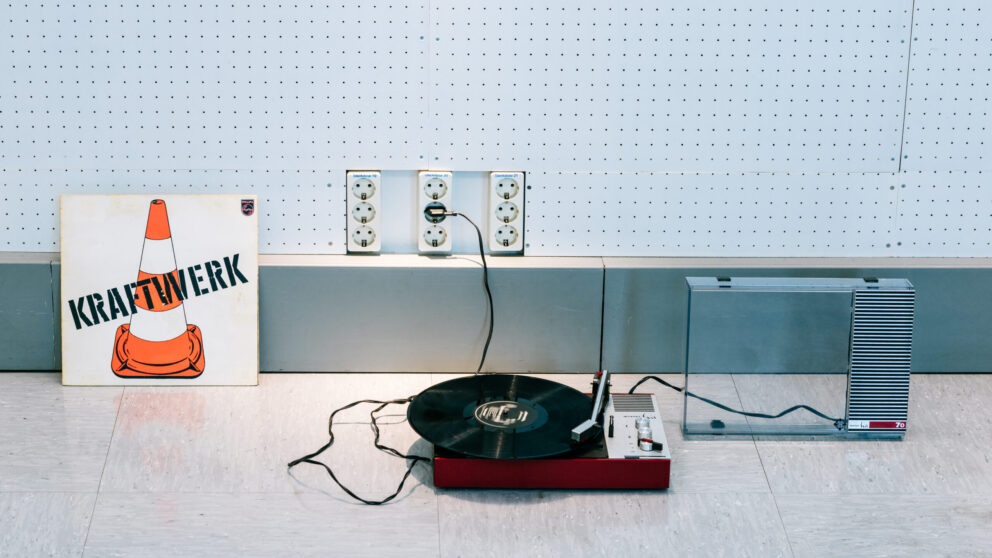
"Ratinger Straße was the absolute hot spot".
"Ratinger Straße was the absolute hot spot".
The artist and graphic designer Emil Schult has designed legendary record covers - such as the motifs of "Autobahn" and "Computerwelt" by Kraftwerk. On the occasion of the exhibition "Electro. From Kraftwerk to Techno" at the Kunstpalast, we spoke with him about his longstanding, special relationship with Düsseldorf.
Mr. Schult, as an art student you experienced Düsseldorf in the wild sixties and seventies. What were important places for you back then? The Creamcheese, the Ratinger Hof?
I have special memories of the "Retematäng" in Ratinger Straße. That's where we met as students with our profs, for example with Joseph Beuys and Dieter Roth. The funny name of the pub probably goes back to the time of the French occupation at the beginning of the 19th century. At that time, perhaps a French soldier referred to the Ratinger as "Rue du matin," the "street of the morning." Rue du matin" then became the wonderfully Rhenish verbalization "Retematäng". The Ratinger was therefore already in the 19th century an exciting mile, where not only French soldiers liked to stop. The "Ratinger Hof", but also "Zur Uel" or "Das goldene Einhorn" were or are the pubs for the art students: they only had to go around the corner and could eat and drink there. Beuys was often seen in the "Ohme Jupp," where his entire class would gather for a hot discussion over Alt beer or coffee. And the "Creamcheese" nearby was then expanded by artists, with a 20-meter-long bar, a mirror-slat wall by Heinz Mack, two dozen running TVs and a painting by Gerhard Richter in the vestibule - that was practically an art project. Ratinger Straße was the absolute hot spot in the Sixties and Seventies.
The Creemcheese was named after a Zappa song. And Frank Zappa is said to have even been there once ...
Yes, that's right: "Son of Suzy Creamcheese" ...



You studied with Dieter Roth, Gerhard Richter and Joseph Beuys. Which of the three had the strongest influence on you?
Dieter Roth was actually the closest to me. He was a draftsman and poet, that's what I loved about him. His feeling for language, for lyrics, impressed me. I myself have written around 1,000 song lyrics in my life, some of which have become better known.
"Das Model" by Kraftwerk, for example, is based on a text by you ...
Right. And Dieter Roth let his students get close to him and also supported them socially and economically. Beuys was a free spirit - also very open, very approachable - who also laughed a lot. Gerhard Richter was rather taciturn.
How did it actually come about that Düsseldorf became a mecca for music, especially electronic music?
In general, the radio stations - American Forces Radio and the British BFBS - played a big role in post-war Germany. These were strong influences that were floating around in our minds. So several centers for avant-garde music developed in Germany in the late sixties and early seventies. In Cologne there was "Can," in Hamburg the band "Frumpy," and in Düsseldorf, of course, "Kraftwerk." The special situation in the art city of Düsseldorf was that new music was often played live at exhibition openings in galleries. The ground was there for sound experiments - and also the corresponding audience, which was open. Then there was also the Robert Schumann University in Düsseldorf with a great tradition. And of course, groups were also formed at the art academy that made experimental music. For an opening by Dieter Roth, I scanned the floor and walls of a gallery with electrically amplified violins together with a friend. That was terrible to listen to, of course. (laughs) But we had in mind a completely new, experimental music, in interaction with a new, liberated art.
After your studies, you lived in various places around the world. But in the nineties you returned to Düsseldorf. Why?
I lived in the Bahamas for a few years - it's beautiful and invigorating, of course, but life there is also exhausting. You're in the middle of the sea, and the wind and sea salt break a lot of things. Car doors get rusty and fall off, the bell on the front door as well. My music studio once got totally flooded during a hurricane and the rain went through the roof, onto the synthesizers. At some point I just felt like living in Düsseldorf again - according to the motto: let's see what's going on there.
And today you live half an hour away from the Rhine. What are your favorite places in Düsseldorf?
I still like to return to my old studio, opposite the Jägerhof Palace, in the Pempelfort district. I passed it on to a graduate of the academy, the painter Alexander Ernst Voigt. We have a small gallery there and sometimes do small, exquisite exhibitions and sponsor students ... and my second port of call in Düsseldorf is the Robert Schumann Hochschule, where I decorated the crypt. You can visit that by appointment, and sometimes I lead groups there and talk about the thoughts that guided me in its design. What particularly pleased me was that the composer Karlheinz Stockhausen created a small composition especially for this space.


And you have just released and designed a record as part of the newly founded artist collective "Transhuman Art Critics", along with several animated graphics. How did that come about?
This has developed gradually, first between me and the artist Emma Nilsson, meanwhile Lothar Manteuffel and Max Dax have joined us. We just gave a first concert in Munich for the release of the record "Update the future". More will hopefully follow soon ...
You can find more on this topic here.
Our author

Gerrit Terstiege was editor-in-chief of the magazine "form" for many years and edited three design books. He writes regularly for Mint, Art, Monopol and Rolling Stone, among others, and has conducted numerous interviews with Diedrich Diederichsen, Bazon Brock, Klaus Theweleit, Richard Hamilton, Donald Fagen, Klaus Voormann and Leonard Cohen, for example.
Photos:
Title image: Stefan Schumacher
First gallery: Photo 1 & 2: Photo archive Atelier Emil Schult, Photo 3: Stefan Schumacher
Second gallery: Photo archive Atelier Emil Schult
Portrait: Wolfgang Armbruster




